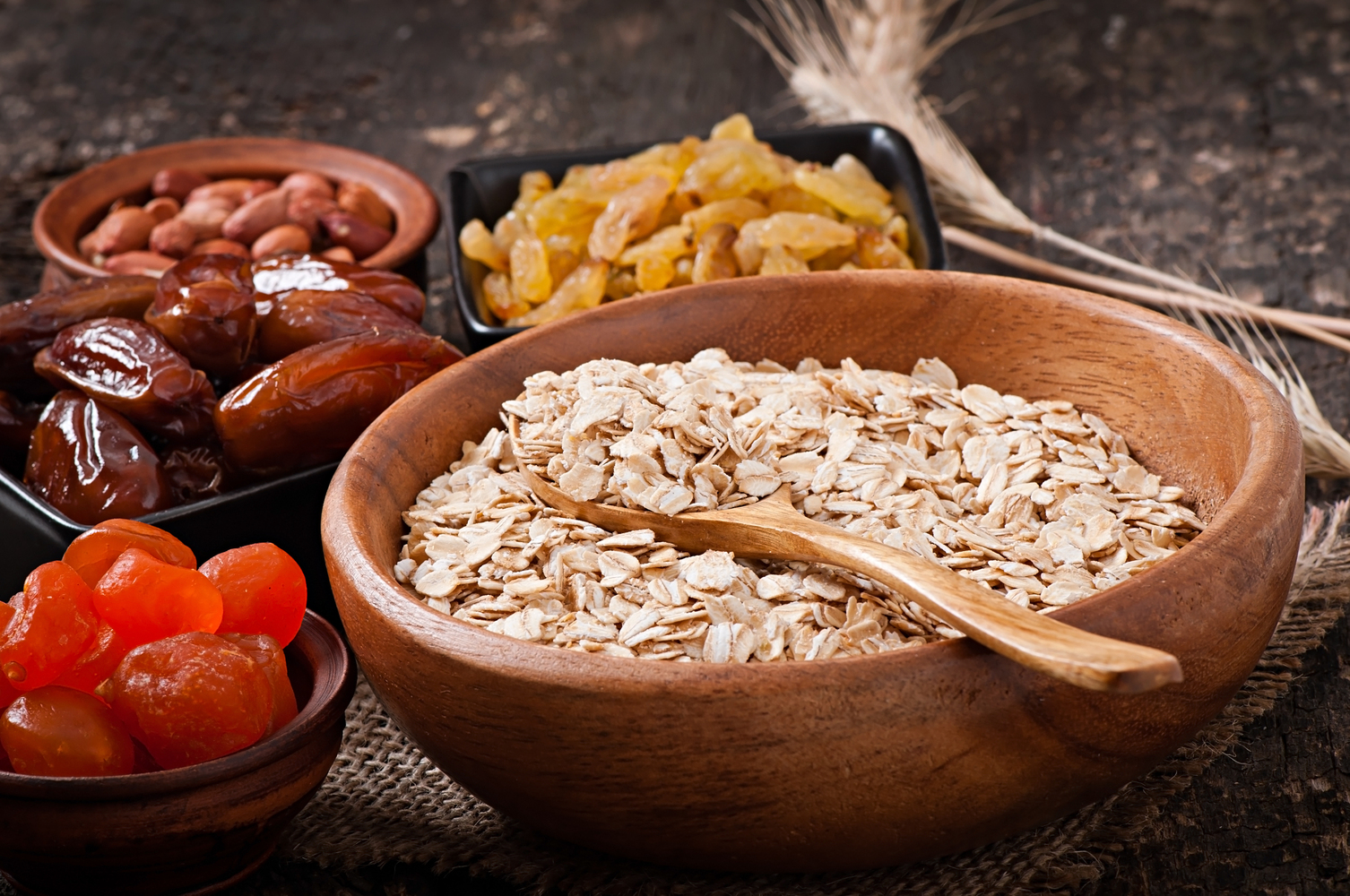
Superfoods for Lower Cholesterol
Cholesterol is a type of fatty substance that moves throughout your body in the blood. The liver is where cholesterol is formed and it is found as a waxy presence in your cells. Cholesterol is classified into two basic categories Good and Bad. HDL (High Density Lipoprotein) is the good cholesterol. LDL (Low Density Lipoprotein) is the bad cholesterol. Cholesterol is essential in the body for hormone and vitamin D production.
Cholesterol intake is increased by the foods we eat. The following is a sample of superfoods that can be consumed to help maintain good HDL cholesterol levels and lower bad LDL cholesterol levels. High levels of cholesterol is a prelude to varying health conditions, but the symptoms are minimal. Superfoods that help lower cholesterol include
1. Fatty fish
Fatty Fish such as salmon, sardines and tuna are great seafood sources that contain Omega-3 fatty acids. Research doesn’t link fish with directly lowering cholesterol because fish does contain cholesterol. However, research indicates that eating fish will help the body to lower triglyceride levels. This will help to increase your HDL levels, you know the good stuff, in the body
2. Nuts
Nuts also contain Omega-3 fatty acids. Research has found walnuts, almonds, pecans, pistachios and hazelnuts are great contributors to lowering cholesterol. The basic functions of their Omega-3 benefits are in preventing blood clot formation within the body and with the reduction of plaque build up in the arteries
3. Avocados
Avocados are fruits that contain fiber and heart healthy monounsaturated fats. They help to leverage the good and bad cholesterol in your body. The inclusion of this fruit in your diet is a great way to help reduce cholesterol levels within your body. This is evident due to it’s abundant heart healthy nutrient content
4. Oats
Oats contain soluble fiber. This is a great reason to eat oatmeal because soluble fiber is credited for reducing the intake and retention of cholesterol into your body. More specifically it helps to reduce LDL cholesterol, a.k.a the bad cholesterol
5. Beans and legumes
Beans and Legumes contain both soluble and insoluble fibers. This is important to the body because this combination of fibers helps to reduce the absorption of cholesterol accumulation in the digestive tract. Legumes are large plant seeds. Beans are classified as a type of legume. The nutritional composition of legumes resemble that of meat because they have a high plant protein content, which makes them a great replacement food. Examples of legumes include Pinto, Kidney, Lima, Navy and Black Beans. Cranberries, lentils and peas are also in the legume family. They work within the body by allowing for slow absorption of carbohydrates to help reduce the feeling of hunger. This process assists in providing the body with energy
6. Pectin rich fruits
Pectin Rich Fruits include apples, oranges, plums, guavas, grapes and grapefruits. Clinical studies have found that pectin aides in the reduction of the bad (LDL) cholesterol due to its fiber content. Pectin is unique in that it has no effect on triglycerides or the HDL cholesterol
Repatha is a medication given subcutaneously to treat high cholesterol. The ability of the liver to refuse cholesterol receptors is how Repatha lowers bad cholesterol LDL in the blood. Repatha cost with insurance is significantly reduced according to your coverage plan.




